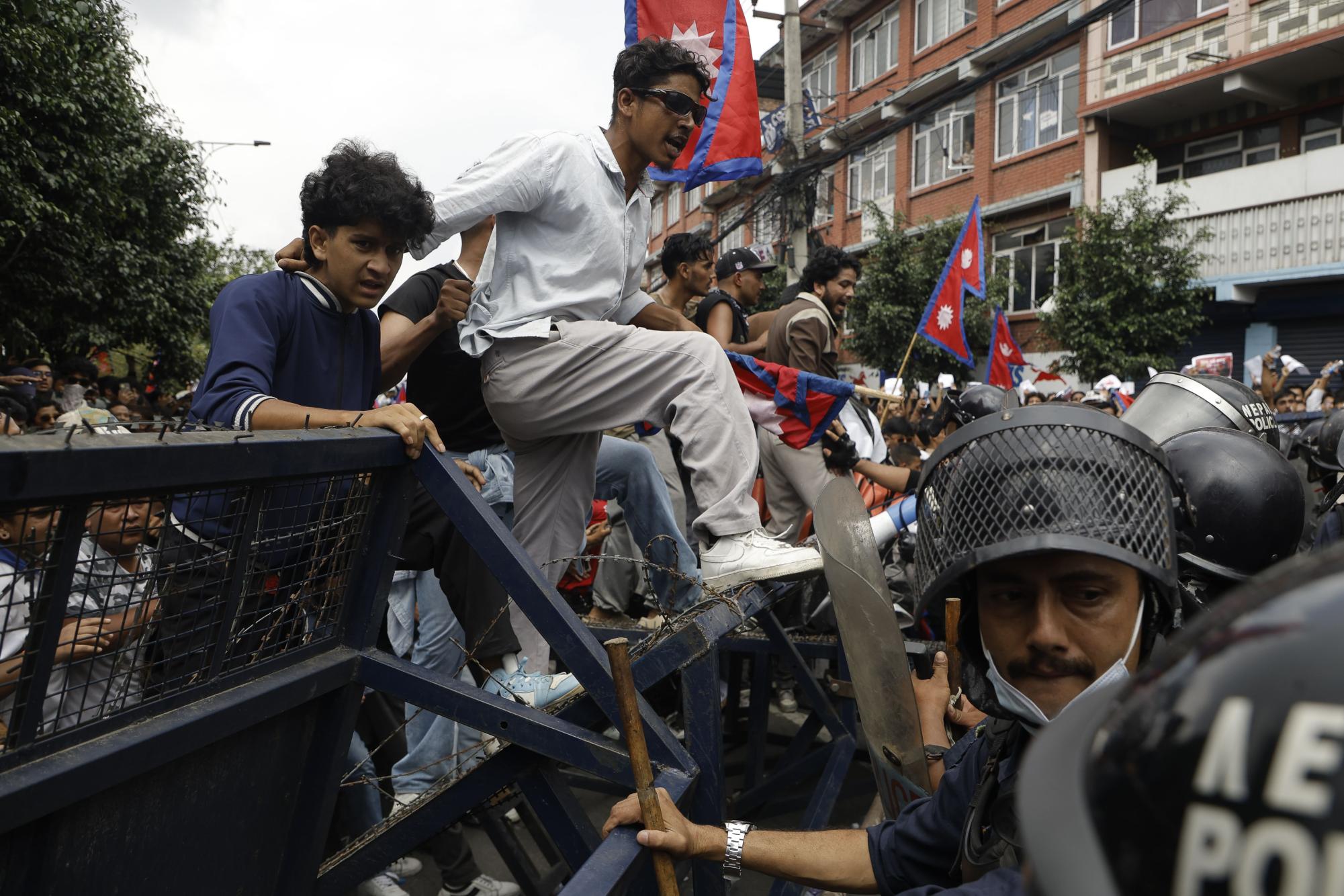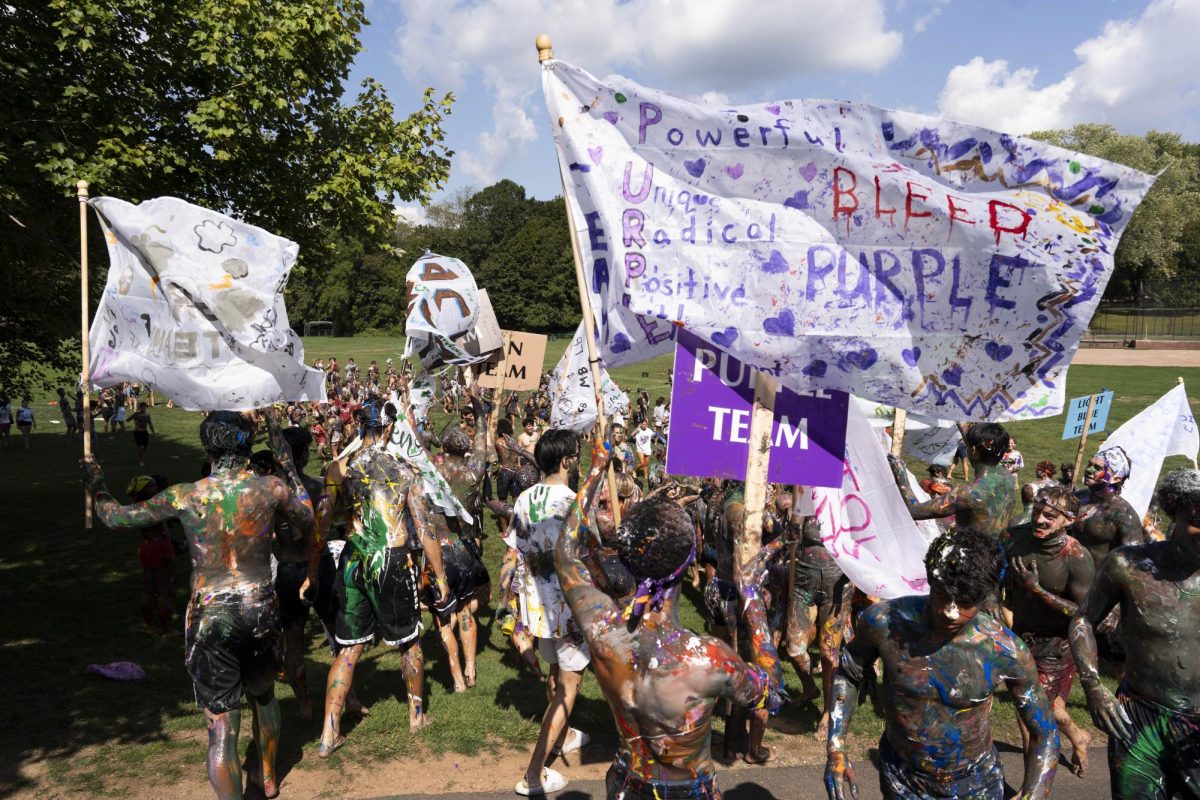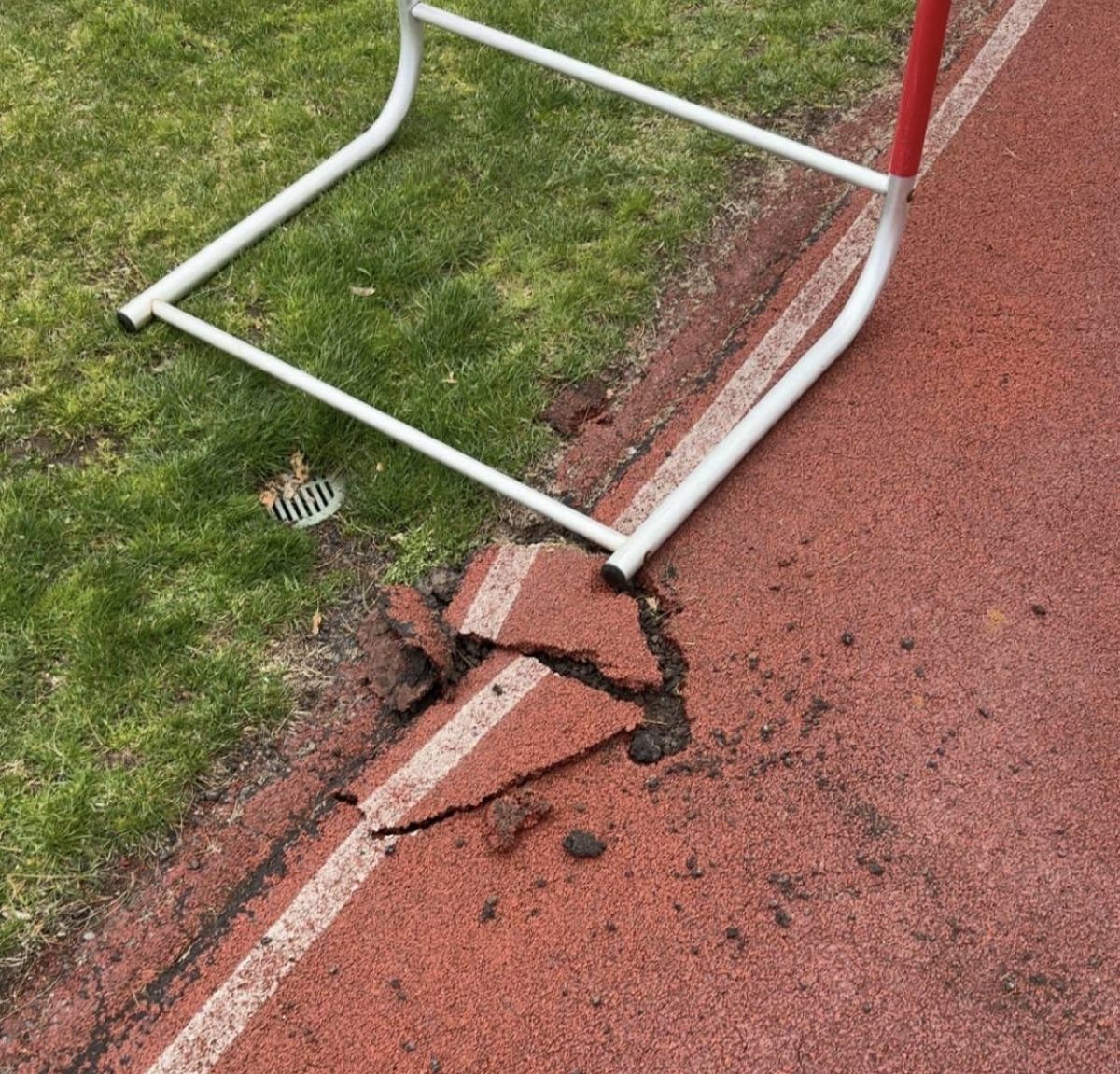What started as a nationwide ban on social media quickly evolved into mass political unrest in Nepal this month. More than 70 have been killed, with over 2,000 injured in violent protests. Arson attempts, tear gas, and political resignations have comprised the bulk of what we have seen in headlines. And at the forefront? Gen Z. Frustrated by corruption, nepotism, and a lack of opportunity, Nepali youth have recently taken to the streets to protest for reform. But how did a ban on Facebook and Snapchat escalate to the deadliest demonstrations Nepal has seen in years? Why did the prime minister resign? And, perhaps most importantly, what does the future for Nepal look like now?
On September 4, the Nepalese government ordered the shutdown of 26 popular social media platforms, including Facebook, YouTube, Snapchat, and X (formerly known as Twitter). Their reasoning? The dissemination of hate speech and misinformation via fake accounts. Yet, to much of the younger population, it felt like an attack on their free speech. “While the main trigger for the protest was the recent social media ban, the long history of corruption and bad governance is the main reason that thousands of people have come out on the streets to protest,” one protestor stated in an interview with CNN. In fact, in the days leading up to the ban, hashtags like “nepo-kids” had already begun trending on Nepalese social media — a movement intended to criticize the lavish lifestyles of politicians’ children. So, although the social media ban may have lit the fire, many Nepalis say that it was only a matter of time before it exploded into flames.
The first uprisings broke out in Kathmandu, Nepal’s capital, and rapidly expanded from there. Initially peaceful, the protests primarily featured chants calling for transparency and anti-corruption measures. But when demonstrators attempted to approach government buildings, tensions escalated. Security forces deployed tear gas, rubber bullets, water cannons, and even live ammunition at times. Protestors subsequently retaliated by burning vehicles, damaging government facilities, and targeting the homes of high-ranking officials. Both the Parliament of Nepal and the home of the former Prime Minister sustained severe damage due to arson, even critically injuring the wife of the former PM. And by mid-September, the toll was staggering: at least 72 dead and more than 2,100 wounded.
Consequently, the protests left Nepal’s government in a complete state of disarray. Prime Minister K. P. Sharma Oli swiftly announced his resignation under pressure, an unexpected victory for protestors given the long-standing dominance of the political elite in Nepal. In his place, Nepal appointed Sushila Karki, the country’s first female prime minister, to lead an interim government. However, the means of securing her election strike many as odd. The very same technology the government attempted to outlaw inadvertently secured Karki’s electoral win, with over 145,000 people voting on the social media platform Discord for the final candidate. “The Parliament of Nepal right now is Discord,” said Sid Ghimire, a content creator from Kathmandu, in an interview with the New York Times. Despite the social media platform not directly electing Karki, Discord played a significant role in rallying the necessary support to elect her, with the youth being at the forefront of it all.
Nepal now stands at a crossroads. What began as peaceful protests for government reform quickly transformed into a generational uprising against inequality and corruption. The resignation of Oli and the appointment of Karki serve as provisional victories for the protestors, but are still minor in the path to long-term change. Whether government leaders rise to meet the public’s demands or allow history to repeat itself will determine the fate of Nepal’s political climate as we know it.




